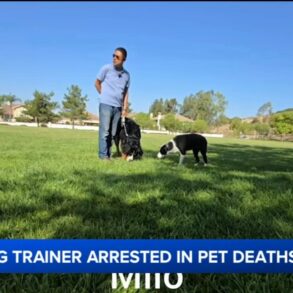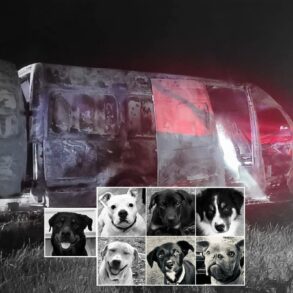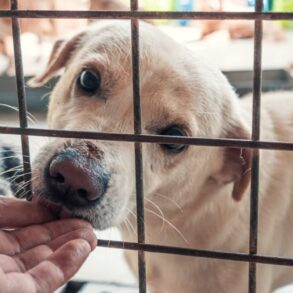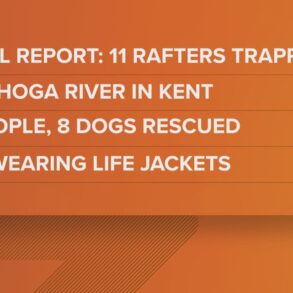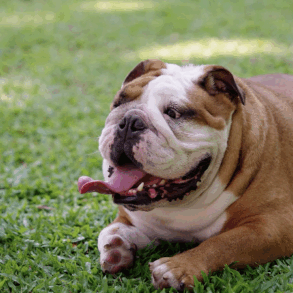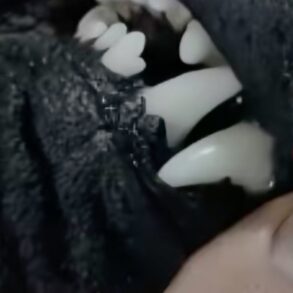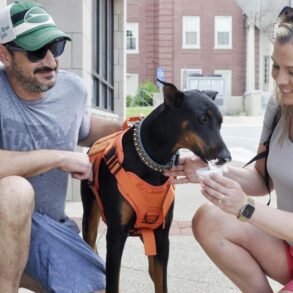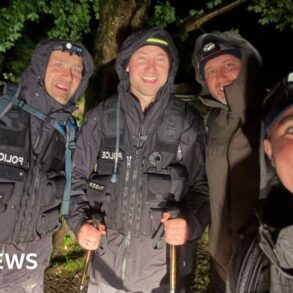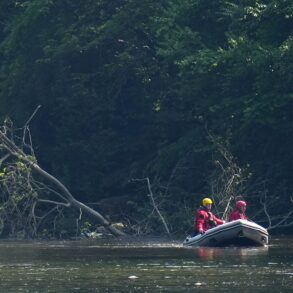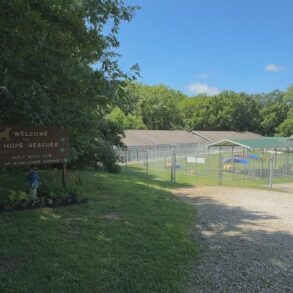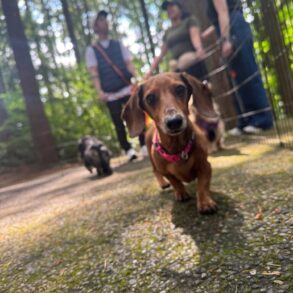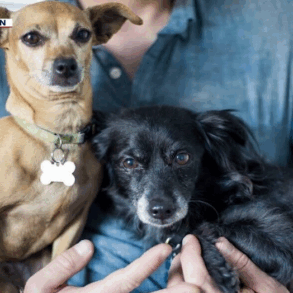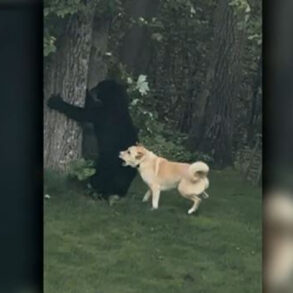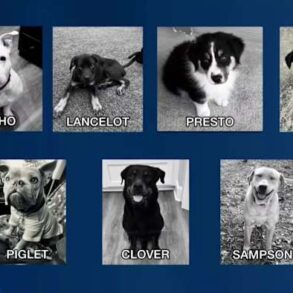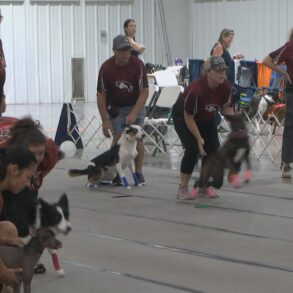Dogs have long been said to be man’s best friend.
But just how long ago the bond was first formed is something scientists haven’t been able to ascertain.
New research involving Kelsey Witt Dillon, an assistant professor in the Clemson University Department of Genetics and Biochemistry and the Center for Human Genetics, now suggests indigenous people in interior Alaska had formed relationships with the ancestors of today’s dogs near the end of the Ice Age — a time at least 2,000 years earlier than previously thought.
“Dogs were the first animal to be domesticated, but it was so long ago that we don’t really know the details of when and how,” said Witt Dillon, a computational biologist and population geneticist whose research focuses on the history of dogs in the Americas. “Any time we come across archeological samples of canids — dogs, wolves or coyotes — we’re interested in learning more about them and their relationship with humans to try to shed light on that.”
The researchers used a database of 111 large canid specimens (some dogs, some wolves and some coyotes). Seventy-six of the specimens were ancient, while 35 were modern. They included the tibia of an adult canine unearthed in 2018 at an archeological site about 70 miles southeast of Fairbanks. Radiocarbon dating showed the canine was alive about 12,000 years ago. The specimens also included an 8,100-year-old canine jawbone excavated in June 2023.
The scientists determined that the canines from which the jawbone and tibia came had regularly eaten salmon, a diet choice that wasn’t typical of canines in that area of Alaska at that time. Canines then typically hunted land animals for food. They say those dogs likely were fed by humans or scavenged salmon left by humans.
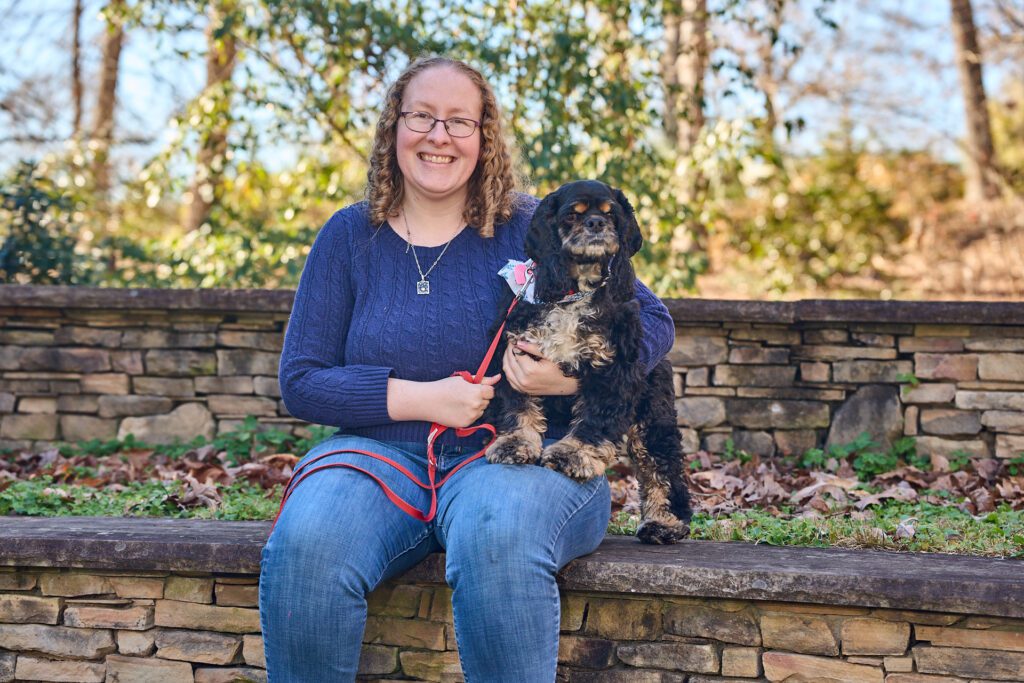
Humans have had a long association with dogs
“We have evidence that sometimes people had a very loose association with dogs, where the dogs would be around, but they didn’t have owners and they weren’t being actively managed in any way,” she said. “It was a relationship where the humans had some benefit from the dogs being around, maybe some protection from wolves, and the dogs got food and a bit of safety, too. The pet idea is newer and the breeds as we know them are newer.”
Witt Dillon said the goal of the project was to consider different lines of evidence at once to try get a picture of what human-dog and human-wolf interactions were like.
“The goal was to piece together an understanding of how humans and dogs interacted through time in the early days through the arrival of Europeans and how that changed the dogs as well,” she said.
“Essentially, when Europeans arrived, European breeds took over,” Witt Dillon said.
Many of the early canids in Alaska were wolves
Witt Dillon also said that genetic testing showed that many of the early canids in Alaska, even those associated with human settlements, were wolves.
“You can’t necessarily tell the difference between a large dog and a small wolf from the skeleton. Because they were buried in association with human settlements, we thought they might have been dogs, but they weren’t,” she said.
One of the samples Witt Dillon worked with was actually an infant wolf pup that was buried at a human archeological site.
“We don’t really know the significance of that, but it’s interesting to think that they valued this individual enough to bury and preserve it,” Dillon said.
“We see a lot of evidence of people feeding dogs and taking care of them, and we see this through time. People have valued dogs for thousands of years. I think it’s a cool thing to see that we’ve had this very long, lasting relationship,” she said.
Detailed findings were published in the journal Science Advances in an article titled, “Late Pleistocene onset of mutualistic human/canid (Canis spp.) relationships in subarctic Alaska.”
Get in touch and we will connect you with the author or another expert.
Or email us at news@clemson.edu
This post was originally published on this site be sure to check out more of their content.






